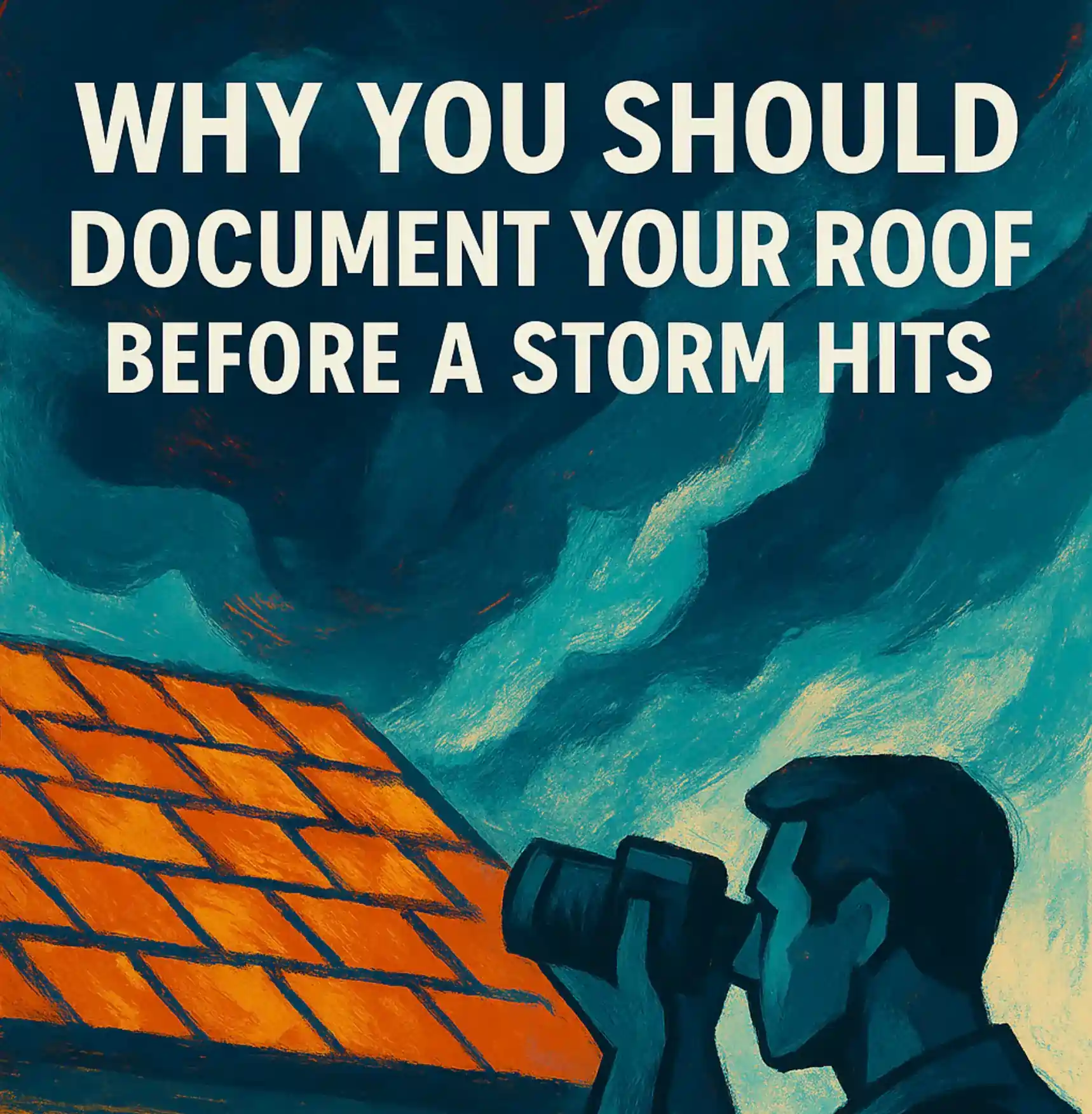What Sarasota Roofing Contractors Won’t Tell You (But You Should Know)
Most homeowners in Sarasota struggle with how to find reliable, experienced roofing contractors. Too often, they end up choosing companies that offer the lowest price—without realizing that cut corners now can cost thousands later.
Here’s the truth: Many roofing contractors offer quotes that benefit themselves more than the homeowners. These low upfront costs often lead to higher repair and maintenance bills down the line.
Over time, this can result in spending two to three times the original quote just trying to fix what should have been done right the first time. Some local homeowners even start to believe that “roofs just don’t last in Florida.” That’s simply not true.
Roofs can and should last twice as long when they’re properly built, maintained, and installed using best practices. So, what are the key things Sarasota roofing contractors often don’t tell you?
The Contract Often Favors the Contractor
When you sign a contract, it should include detailed specifications: materials, brands, warranties, installation methods, and inspection protocols. However, many contractors opt for the cheapest products that barely meet building codes. This includes using mixed-manufacturer components or inferior roofing nails, which can void warranties and shorten the roof’s life span dramatically.
Licensing Isn’t a Guarantee of Quality
Yes, licensing is required—but it’s no golden seal of excellence. Florida’s roofing license only confirms that someone passed a written exam and paid a fee. It doesn’t reflect real-world craftsmanship or decades of experience.
There’s a big difference between a textbook roofer and a skilled craftsman. The former knows theory; the latter has seen every roof type, material, and weather condition—and knows how to install and maintain for durability. That’s why choosing an experienced roofing company like SonShine Roofing matters.
Beware of “Hidden” Costs (That Aren’t So Hidden)
Many homeowners chase the lowest estimate without understanding what’s included. Often, those cheaper quotes lack critical line items like proper underlayment, flashing, or attic ventilation. These are essential for longevity and performance, and cutting them out means more problems down the road.
In addition, “change orders” often pop up mid-project—especially if the contractor skipped a thorough roof inspection beforehand. What started as a cheap job can suddenly balloon in cost when hidden wood rot or structural issues come to light.
The Solution? Ask the Right Questions
Before hiring anyone, take the time to ask the questions most roofers won’t raise. For example:
- What happens if my materials come from different manufacturers?
- Will improper installation void my warranties?
- Are there “gotcha” clauses in the contract?
- Will the work be done by subcontractors or your own team?
- What kind of maintenance plan do you offer after installation?
Protect Your Roof, Protect Your Home
If you’re tired of seeing your neighbors replace their roofs every 10–15 years, it’s time to think long term. At SonShine Roofing, we help you avoid the costly mistakes others make. We use proven methods to install roofs that stand up to Florida’s heat, storms, and humidity—without compromise.
Want to double your roof’s life? Contact us today for an honest estimate, thorough inspection, and expert guidance. Let us help you make a roofing investment that lasts.













